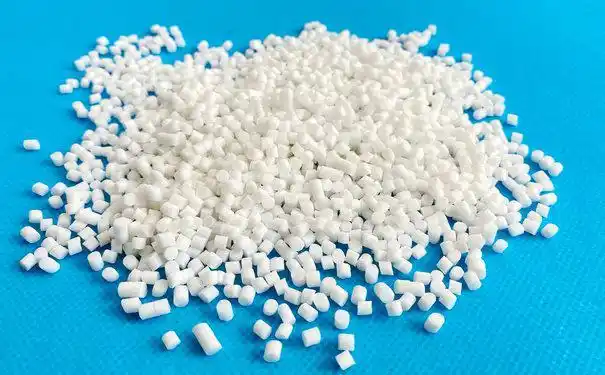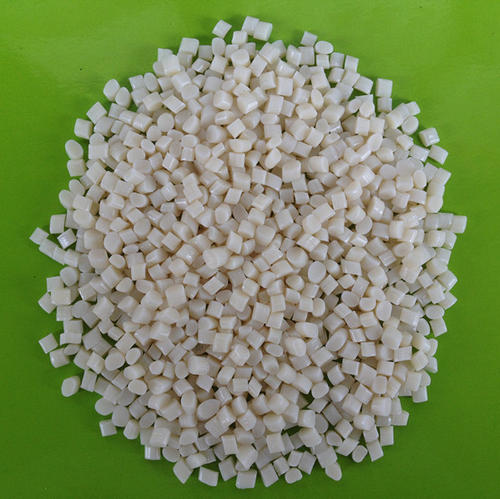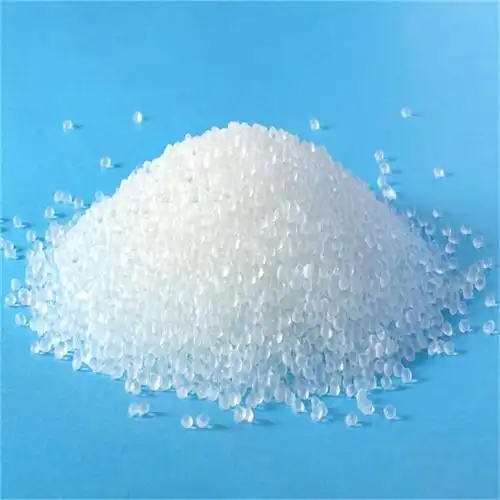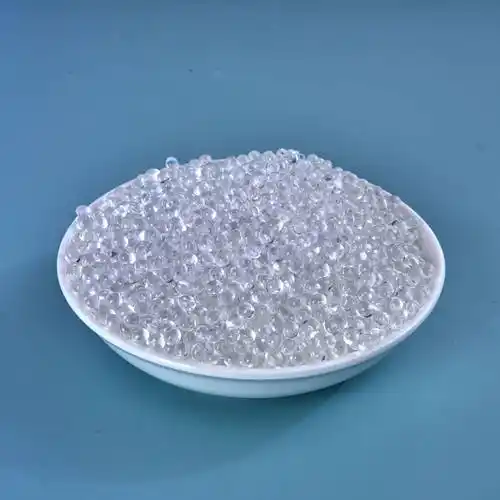Advantages of TPE Materials
Thermoplastic Elastomers (TPEs) are like the superheroes of the materials world—flexible, tough, and ready to adapt to almost any challenge. As someone who’s spent years working with polymers in manufacturing plants, I’ve seen TPEs transform industries, from car parts to medical devices, with their unique blend of rubber-like elasticity and plastic-like processability. These materials aren’t […]
Advantages of TPE Materials Read More »







